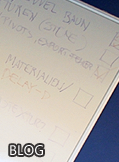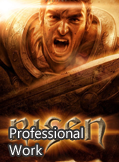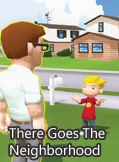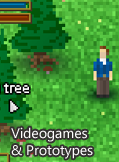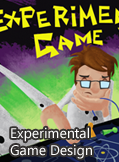Pirates of the Deep Space was a game installation performed at the
Ars Electronica Festival 2011. The project is the successor of the
HEIST project.
Two players could compete in their pirate ships to destroy the other one's - thus gaining control of the archipelago.
Players controlled their ships movement by positioning themselves on a bar, affecting their ship's course. Each player had a small miniature of their ship in front of them, divided into 3 pieces. These pieces represented the ship's healthpoints.
If a player could see the other player's ship on his screen, he could start throwing cannonballs (sand filled rubber balls) at the enemy's miniature ship. To reload a player had to abandon his ship for a short time and regather his cannonballs. A player had won when the other's miniature ship was destroyed.
 |
| the team |
|
 |
| the level (the skull even has LEDs) |
|
 |
| interface with miniature ships |
|
Apart from capturing the webcams integrated in each ship and playing soundfiles, each part of the game was executed by team members. In pairs of two team members per ship, one was announcing the other which way the player steers the ship, while the other constantly moved the ship forward - adjusting it's course.
The archipelago was created out of painted and decorated Styrofoam chunks - spending my younger days with Warhammer miniatures and terrain finally paid off.
The island were placed on a colored wooden plate, allowing us to change the leveldesign from play through to play through.
Check out the videos below!
The one on the left shows how players were controlling the game, the one on the right what actually happened 'ingame'.
The team consisted of students and lecturers of the University of Applied Sciences Upper Austria, Campus Hagenberg.
The name 'Pirates of the Deep Space' comes from the place in the Ars Electronica Center where the game took place - the 'Deep Space', a huge room with 4 HD projectors directed on projection areas on the floor and up front.
 On the train ride home for christmas I decided to sketch out a game concept. A friend kindly gave me a theme for this 3 hour doodle - 'Exploration'.
On the train ride home for christmas I decided to sketch out a game concept. A friend kindly gave me a theme for this 3 hour doodle - 'Exploration'.
